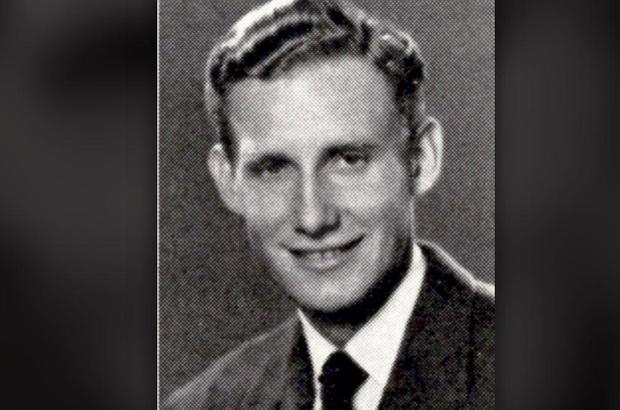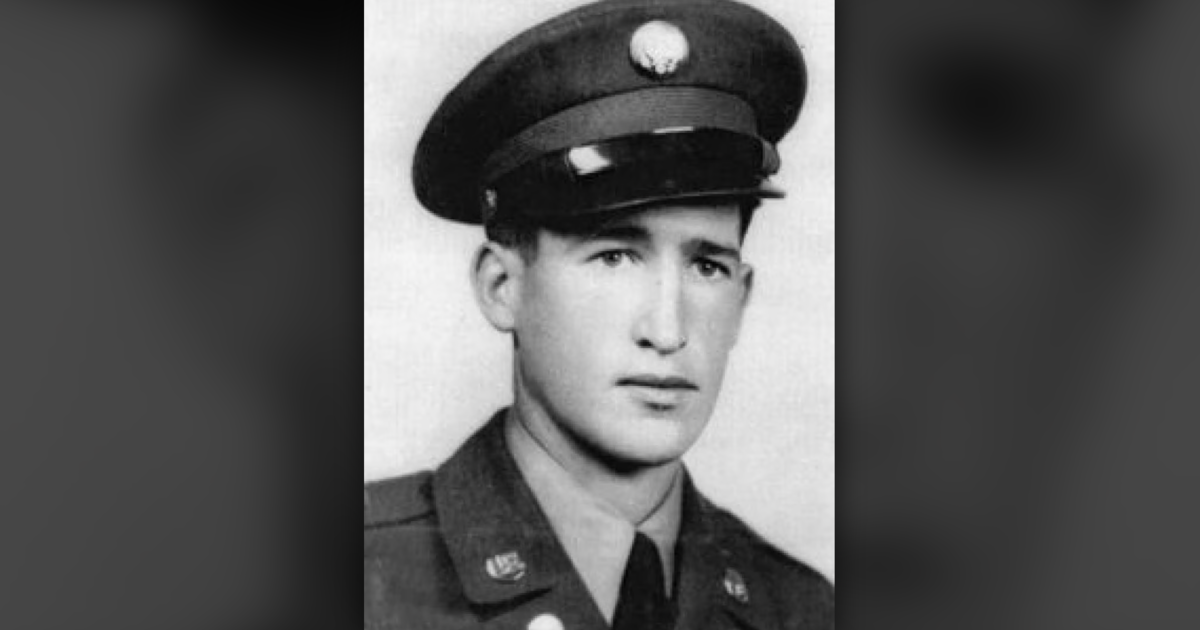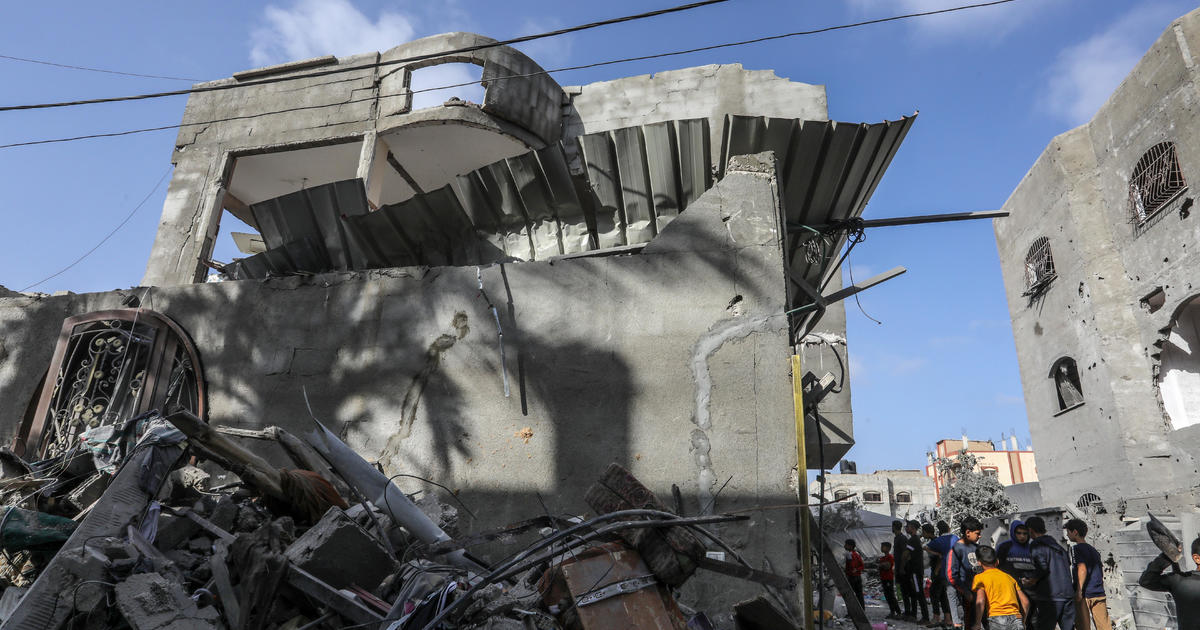Remains of Ohio pilot shot down over Germany in World War II identified
Authorities have positively identified the remains of an Army Air Force pilot from Ohio who died when his plane was shot down over Germany during World War II, the Defense Department announced Thursday.
On May 29, 1944, 1st Lt. Carl Nesbitt was the pilot of a B-17G Flying Fortress bomber during a huge bombing mission over Leipzig, Germany, according to the Defense POW/MIA Accounting Agency. German fighters attacked the bomber's formation roughly 28 miles northeast of Leipzig, and the plane was shot down.
Six of the 10 crew members were able to escape the plane before it crashed near Horst, while Nesbitt and the rest were killed. Their bodies were believed to have been buried in a local cemetery and, after the war ended, there was no evidence of Nesbitt being a prisoner of war or having survived.
Nesbitt, 23, of Lima, Ohio, was assigned to the 569th Bombardment Squadron, 390th Bombardment Group (Heavy), 13th Bombardment Wing, 3rd Air Division, 8th Air Force.
The American Graves Registration Command, which worked to recover fallen service members in Europe after the war, found the remains of a crew member buried in a cemetery in Horst during a search in September 1946. But after 1950, worsening diplomatic relations with the Soviet Union, which then controlled that part of Germany, prevented the AGRC from investigating further, and Nesbitt was declared nonrecoverable on April 21, 1953.
In July 2012, an investigation team from the Joint POW/MIA Accounting Command, a DPAA predecessor, found the crash site and recovered evidence of a B-17 crash. In 2015, the landowner allowed DPAA to excavate, and the work was done during the summer 2019. Crews recovered possible material evidence and possible remains, which were eventually sent to a lab at Offutt Air Force Base, Nebraska.
Scientists used dental and anthropological analysis, mitochondrial DNA analysis and circumstantial and material evidence to identify Nesbitt's remains. He will be buried on May 15 in Annville, Pennsylvania.
Nesbitt was accounted for last September, DPAA officials said, but his family only recently received their full briefing on the case. According to the Historical Marker Database, a marker commemorating Nesbitt was erected by his family in 1992 at Memorial Park of the National Museum of the United States Air Force in Riverside, Ohio.
The Department of Defense revived previous efforts to recover the remains of missing American soldiers during the 1970s. Since then, the remains of almost 1,000 Americans killed during World War II have been identified and returned to their families with military honors, according to the POW/MIA agency. The remains of roughly 280,000 Americans were identified immediately after the war, the agency said.
Last year, officials identified the remains of another American pilot who was killed during World War II — Eugene P. Shauvin — after his daughter pushed for decades for the crash site to be fully excavated.





